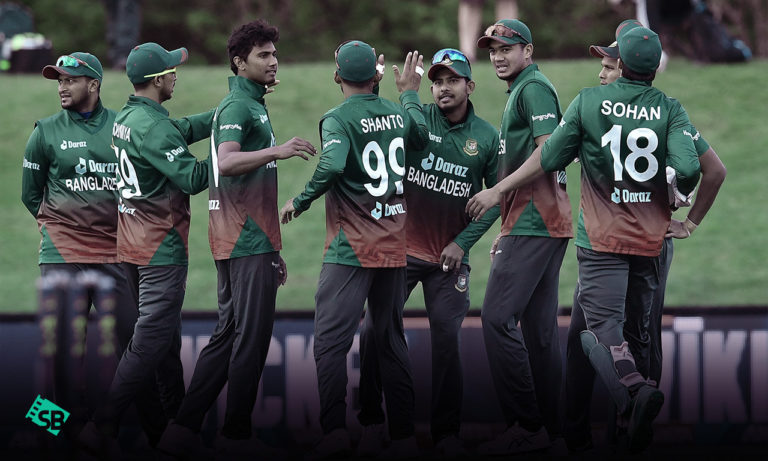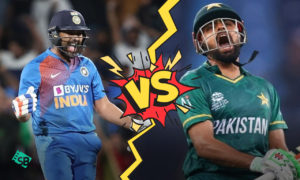After some tense moments in the final over on Sunday, the Bangladesh squad and the supporters who were still in attendance at the Gabba celebrated their victory in the match for a second time.
The first time the Tigers started celebrating their victory against Zimbabwe by four runs was after Mosaddek stumped Muzarabani on the last ball of the match.
Bangladesh team was cheering, the players had off the field, and Lucky Muzarabani had removed his pads.
After television replays revealed that wicketkeeper Nurul Hasan had gloved the final ball in front of the stumps, the players were brought out onto the field at the Gabba to re-bowl the final delivery.
This T20 World Cup produced yet another amazing conclusion. You can watch ICC T20 World Cup matches and enjoy the nail-biting and thrilling moments with your family or friends.
In the midst of the chaos, it meant that Muzarabani had one more opportunity to win the game for Zimbabwe with a free hit, and now four runs were needed against Mos Again.
This event has been one in which the Laws and the playing circumstances have, on more than one occasion, been subjected to in-depth discussion. The following is the most important development in the most recent drama:
27.3.1 From the moment the ball enters play until a ball delivered by the bowler touches the bat or person of the striker or passes the wicket at the striker’s end or the striker attempts a run, the wicket-keeper is required to stay completely behind the wicket at the striker’s end. This rule applies whether the striker is attempting to run or not.
27.3.2 In the case that the wicket-keeper violates this Law, the striker’s end umpire is required to announce and signal “No ball” as quickly as possible after the delivery of the ball.
Players from both teams were seen shaking hands and congregating close to the boundary line while the replay proceeded. This was the case despite the fact that it became immediately apparent that the third umpire was reviewing the first stumping.
When the judgment was announced, there were shocked expressions on everyone’s faces, but most noticeably on the Bangladeshi team since they had been under the impression that they had already secured victory.
Do you want to stay ahead of the curve with the latest updates on the impending ICC Twenty20 World Cup matches? Let us know!
In spite of this, Mosaddek was able to keep his composure in the end and win the match after being given the responsibility of bowling the last over, which started with 16 runs still required.
Shakib Al Hasan, who possibly kept Bangladesh in the competition with a wonderful stroke of fielding to run out Sean Williams, had risked on using up his other bowlers. The gamble paid off as all of his bowlers were used up.
Williams, when asked about the incident after the game, described the entire thing as “extremely weird.”
“I’ve never experienced something like that in a cricket match before, but again, it just goes to show in a T20 game, there’s always a little bit of hope; anything can happen,”
he said. “The first time I realised that there was a no-ball was actually when we were walking out to shake the umpire’s hands, and they told us to stop and the replay came on the big screen, and then we all noticed that it was a no-ball. Very interesting times.”
The climax brought to mind the T20 Blast final that had been played in England the previous year. Nathan Ellis, who was playing in that match, effectively won the game twice as a result of a delayed no-ball judgment from the final delivery.





